If we were to follow the values on the router boxes, the most suitable channel width for 5GHz would be 160MHz, with every other setting pushed to the maximum (including the transmit power). And, while I won’t deny that it’s entirely possible to see a better throughput this way, these overhyped features and inflated numbers are rarely suitable in most cases, they’re only great in labs or when certain conditions are met.
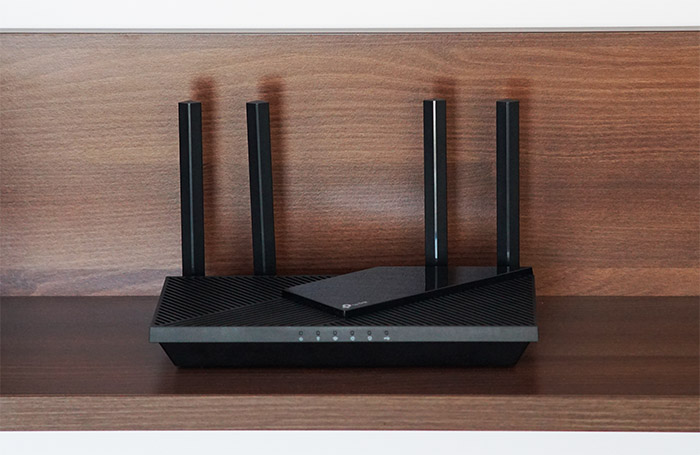
For example, you may get away using 80MHz in a detached house where there is little chance of interference with your neighbors wireless access point or router, but what if we talk about a business-suitable network, where there are lots of APs and the risk of interference is exponentially higher? In that case using 40MHz and even 20MHz, depending on the number of access points can make a lot more sense than 80MHz (or 160MHz).
So let’s explore some of the options that we have available and see which channel width is the most suitable for the 5GHz band depending on the conditions in the place that the wireless router or access point is positioned.
Capacity vs Performance
If you open the settings on your wireless router or access point, you should be able to find a section where you can change the channel and the channel width, with the exception of Netgear which decided to be weird and it offered various Modes, where you select the maximum supported link rate. And it’s not really incorrect because the idea behind let’s say, the 80MHz channel bandwidth is that, based on the MCS (Modulation and Coding Scheme), it is theoretically possible to reach very high data rates.

That’s why the manufacturers promise 5,000Mbps or even 11,000Mbps on the box, but this is just marketing nonsense. With that being said, let’s talk about the 20MHz channel width. On the 2.4GHz band, there are 14 discrete channels, each 20MHz, but you only got four non-overlapping channels (1, 6, 11 and 14). The 5GHz band is wider (150MHz range).
This means that in case you set the channel bandwidth to 20MHz, you’ll get 24 non-overlapping channels that you can use which are free of interference.
What does that mean you may ask? Well, there are two main types of interference, one worse than the other. The first is the co-channel interference which happens when there are multiple access points in the range of each other that are using the same channel. This way, the APs are forced to share the channel between them, which means that the user will see a slower data transfer rate. The second type of interference is the adjacent channel interference and, as the name suggests, it occurs when one channel ‘leaks’ into an adjacent channel (separated by let’s say, 5MHz), messing with the data transmission.
So, while the in the case of the co-channel interference, where the data arrives intact, just slower, in this case, the WiFi may simply become unusable.
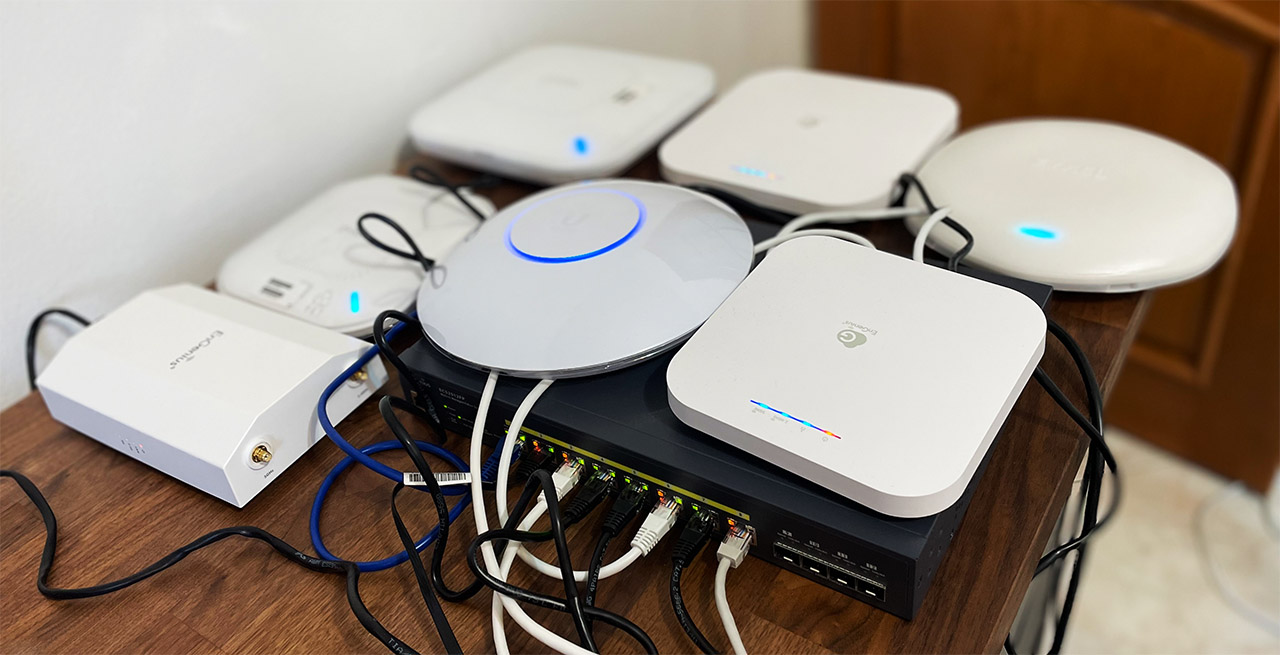
That’s why the non-overlapping channels are the better choice in a crowded environment, but, as expected, the larger the channel bandwidth, the less the available non-overlapping channels. The 40MHz channel bandwidth offers half that number, so there are only 12 non-overlapping channels and that’s because it relies on channel bonding to accomplish it which automatically cuts in the number of non-overlapping channels.
Then, the 80MHz goes down to 6 and the 160MHz channel width is the most susceptible to interference, offering only two non-overlapping channels. At the same time, the wider the channel bandwidth, the better the throughput, so what are some of the trade-offs of choosing one channel width over the other?
When to use the 160MHz channel width?
I have tested quite a few access points and wireless routers that do support 160MHz and the throughput was very similar to when the channel bandwidth was set to the 80MHz, while also a lot more unstable, as confirmed by long-term tests.
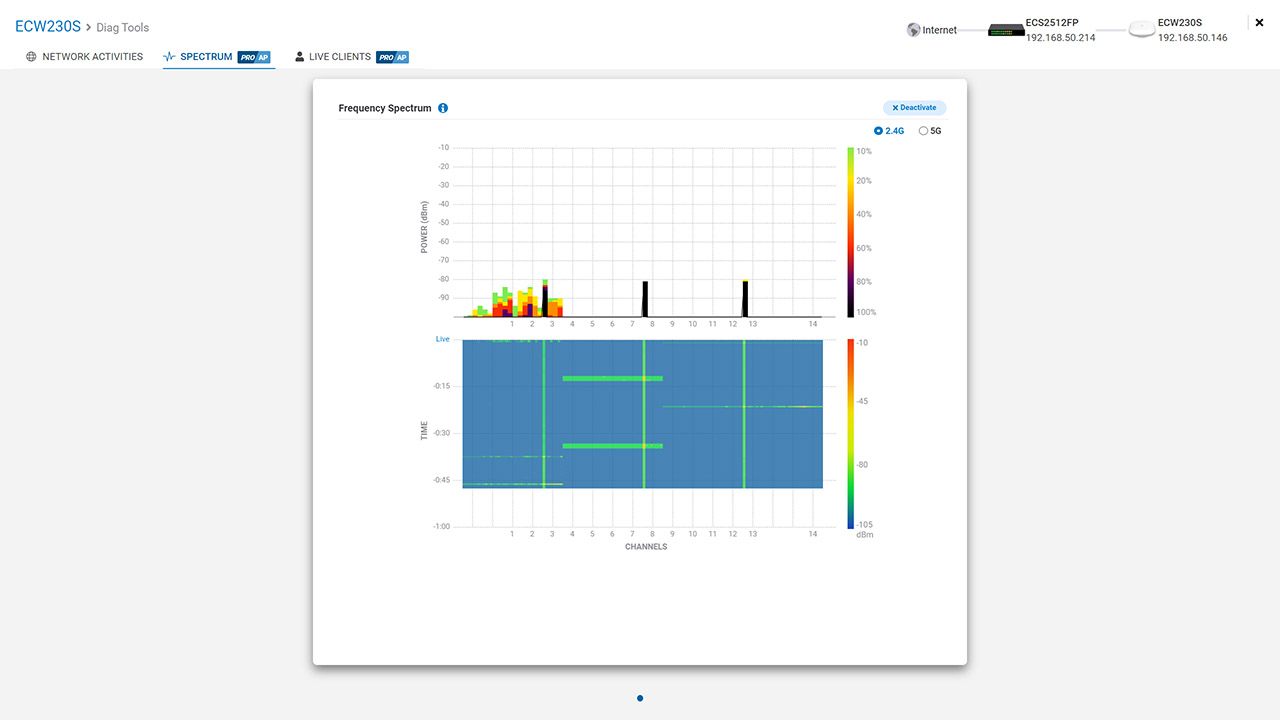
So when is the 160MHz channel bandwidth a good idea? In very few cases. When you have little to no interference, when you are very close to the router with your client devices and if you actually need that bandwidth (for the quick transfer of large data packets). Let’s discuss a bit more about the interference aspect because people assume that if they have few neighbors that are far enough, they get no interference, which is kind of true, but doesn’t paint the entire picture. That’s because it’s not only other APs that can cause interference, but thick walls and other devices in your house can interfere as well.
For example, I recently checked the EnGenius ECW230S which had a dedicated antenna for analyzing rogue signals which showed that having lots of Bluetooth devices can mess with the WiFi signal. Some Bluetooth PC peripherals, a couple of headphones, your smartwatch and some other smart devices near the router can be a source of interference – the 2.4GHz-only compatible IoT device can do even more damage.
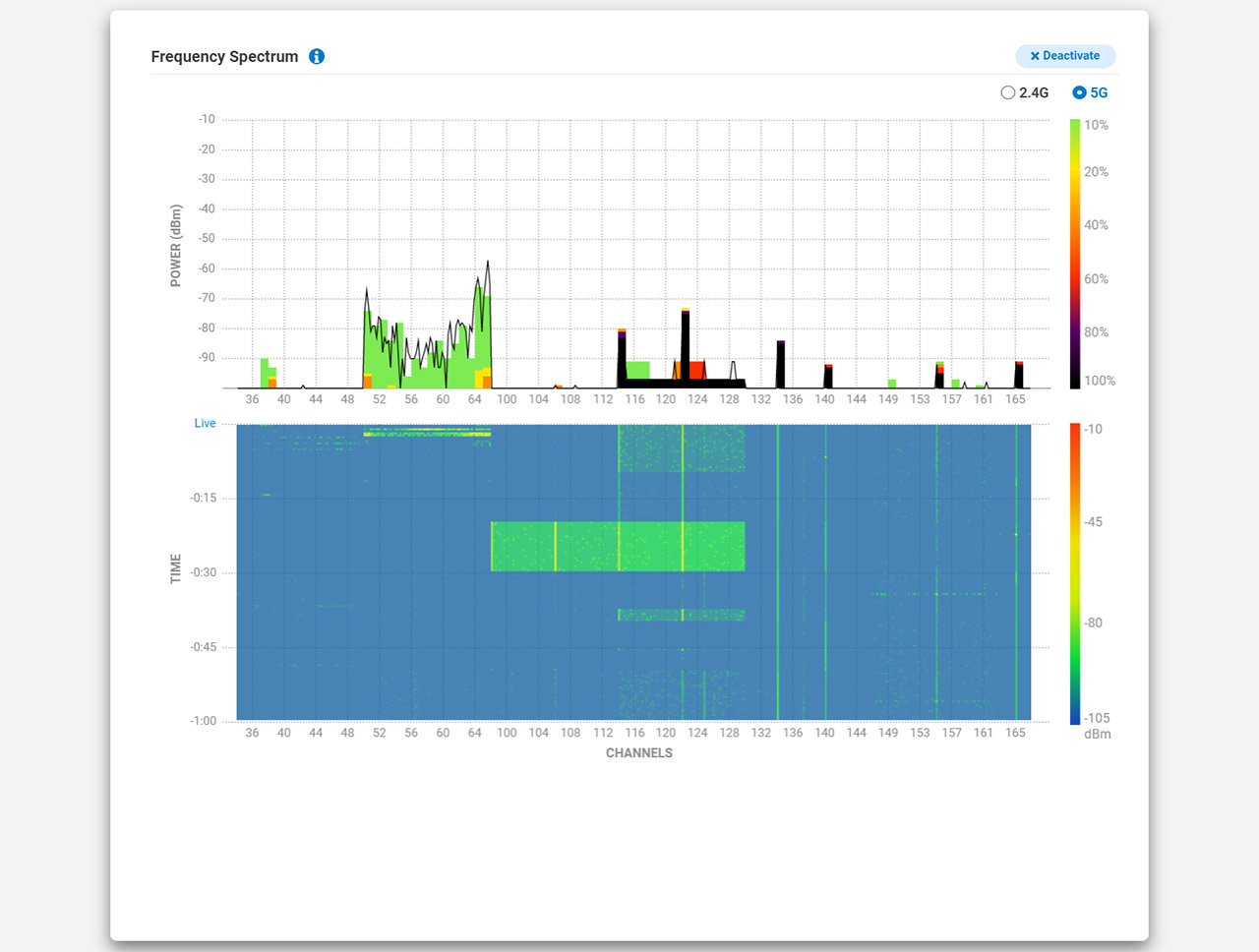
But that’s not all because you will have to keep a close eye on how the networks around you evolve because a neighbor may have a ‘genius idea’ to push the settings to its new and powerful WiFi 6 access point to the maximum, rendering your own almost unusable. The idea to add multiple other APs to increase the range is also going to be limited if you intend to keep them on the 160MHz channel bandwidth (see the co-channel and the adjacent channel interference).
When to use the 80MHz channel width?
As I mentioned before, you get a bit more leeway with the 80MHz channel width than the 160MHz (six versus only two non-overlapping channels). And, in my case, I got almost the same throughput as with the 160MHz at a far longer distance, so this is the sweet spot for the channel bandwidth, right? Not really. Sure, in my case, where I did check the amount of interference that the router could experience, 80MHz is doable, but it’s not going to work just as well in a crowded area.
If you’re in the suburbs, your wireless AP should experience less interference, but if you’re in a building packed with wireless routers and access points, you’re going to have a bad time. And, unlike business-type networks, where there’s a sys admin which fine tunes all the APs, each apartment will have its router full on blasting the WiFi without talking into account the potential risk to experience or create interference.
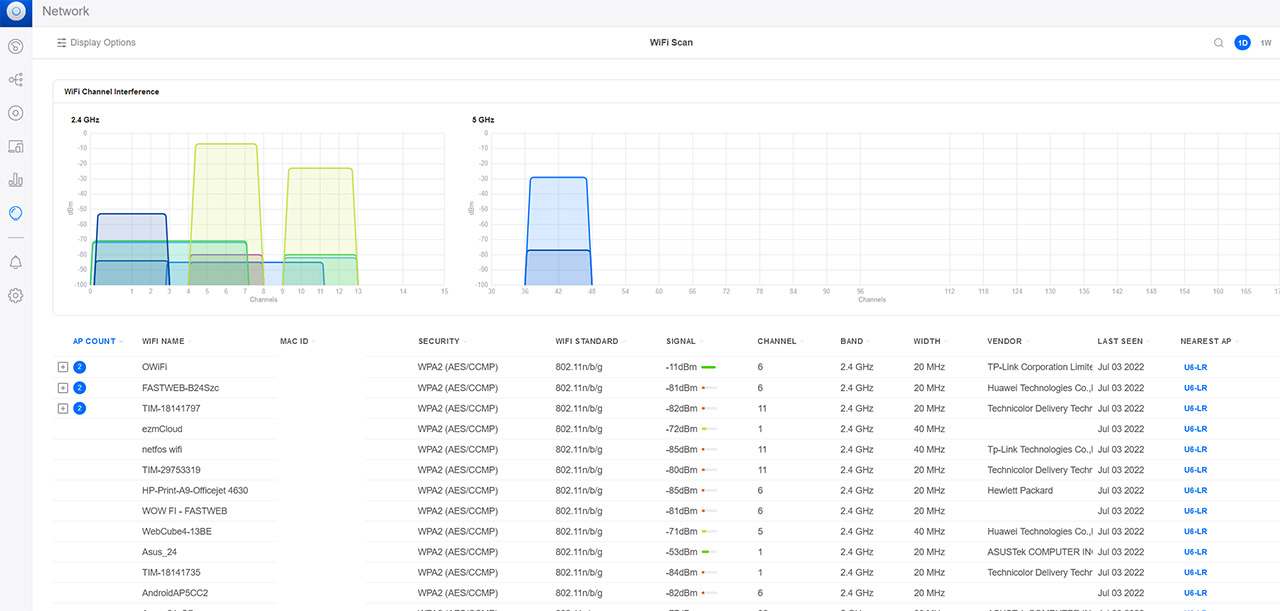
That’s why adjusting the channel width to 40MHz is not an option to be ignored, especially considering how easy it is for your neighbors to (unintentionally) mess with your WiFi performance. I do need to mention that the WiFi 6 does come with a few interesting features, from which the BSS Coloring, so could it be considered a godsend for wide channel width? It’s definitely useful considering that it tries to eliminate the occurrence of co-channel interference by optimizing the required airtime for each application.
But, the main shortcoming is that it needs compatible devices and multiple APs that use this technology, otherwise it will default to the behavior seen with the devices on the 802.11ac and lower standard.
Is the 40MHz the most suitable channel width for 5GHz?
It does seem that 40MHz is the most suitable channel for 5GHz or at least that’s what everyone claims, but why is that? If you read until now (thank you for that), it should be clear that despite not having the same amount of non-overlapping channels as the 20MHz channel bandwidth, the 40MHz is pretty much the best of best worlds.
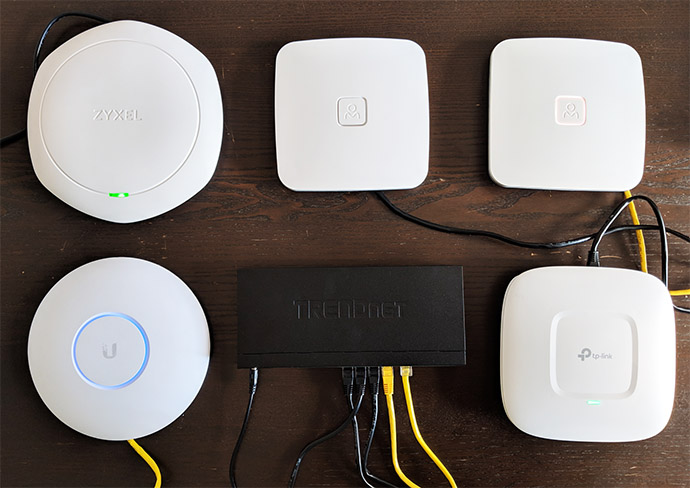
It still offers quite a few non-overlapping channels on the 5GHz, while also delivering a decent throughput in a dense environment. Of course, it should still not be that crowded as to need the downgrade to the basic 20MHz, yet. This is why this configuration is suitable for buildings where everybody does whatever they want without really caring for what happens in their vicinity. In an ideal world, every wireless router would automatically adjust the settings depending on the environment, but, unless you pay a lot of money for an enterprise-level AP, you’re going to have to manually adjust the default settings. And most don’t really bother.
What about 20MHz?
The 20MHz channel bandwidth is usually associated with the 2.4GHz radio band, but there are situations when you need to rely on it with the 5GHz band as well. These situations revolve around incredibly dense and busy environments where even the 40MHz channel width would get trampled by the near-by networks.
Sure, you’ll get a far lower throughput, but it is going to be very stable and the range will reach a bit farther (potentially punishing your neighbors). Obviously, if you’re paying for a Gigabit plan, you’re not going to see that type of performance neither up, nor downstream, but this is the price to pay when we’ve surrounded ourselves with so many WiFi-dependent devices.

Choose specific channels vs 20/40/80MHz?
The default setting on most routers and access points is 20/40/80MHz (and sometimes even 160MHz) for the 5GHz radio band, so should you leave it like that or choose a specific channel bandwidth? Again, it depends on the amount of potential interference in the area. The idea behind the default value is to allow some level of flexibility between the client device and the AP which would select by themselves the suitable values.
As I have seen time and time again, these algorithms are far from perfect, so, if you know that the area you’re trying to cover with WiFi does not have that much interference, you can leave it to the default values. Otherwise, if there are lots of APs that blast their signal without taking precautions of other networks, then it’s best to choose the channel bandwidth manually.

Mark is a graduate in Computer Science, having gathered valuable experience over the years working in IT as a programmer. Mark is also the main tech writer for MBReviews.com, covering not only his passion, the networking devices, but also other cool electronic gadgets that you may find useful for your every day life.

Hi, thanks for sharing. One of the best articles i’ve seen so far. thumbs up.